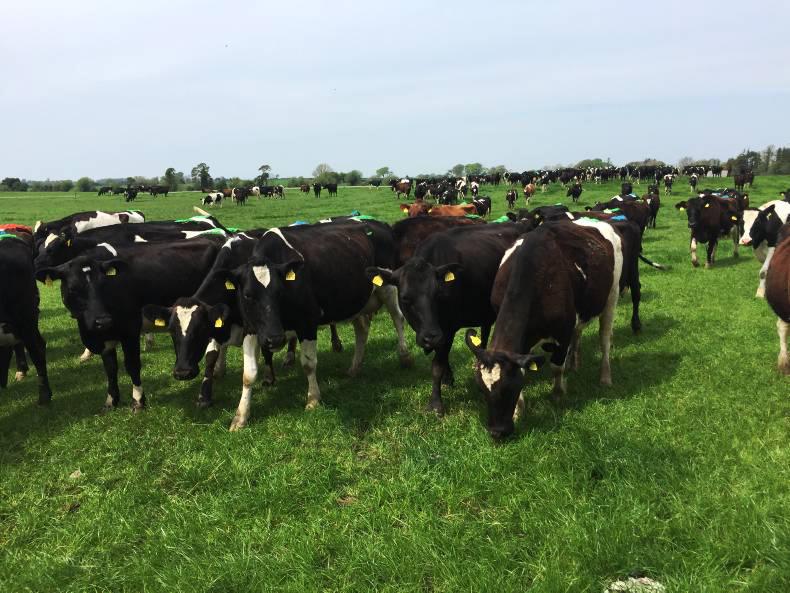Fertiliser: Between 65% and 80% of soils are low in pH and need lime. This is the cheapest form of fertiliser, yet many farmers have neglected to spread it and soils are now seriously deficient.
Part of the reason for this is that it takes a bit of planning, between ground conditions, weather and having sufficient area for spreading full loads. Now is an ideal opportunity to get lime spread. Target the fields cut for silage and those fields recently grazed.
Remember, you have to wait three months after spreading lime before you can spread slurry or urea, as there is a very high risk of the nitrogen content in both volatilising and being lost to the atmosphere. The risk of volatilisation is very high at present with warm sunny days and very little moisture in the soil, and there is an increased risk when spreading on land recently cut for silage, as there is no crop canopy for shade.
For practical reasons slurry will still be spread on the sunny days, but to retain as much of the nitrogen as possible slurry and urea should ideally be spread on days when the wiper blades on the tractor are on “intermittent” or on damp, overcast days. If you want to spread slurry and lime on the same field, spread the slurry first, leave it for 10 days and then spread the lime. The same applies when spreading urea and lime.
Dolomite, or magnesium-based lime is usually that bit cheaper than calcium-based lime. However, it is slower to work than calcium-based lime and doesn’t work well in soils that are slightly low in pH (eg pH 6), as the rock particles need to be in very acidic soils to break down.
Discussion Groups: Now is the time to take stock of where you are financially, and where you will be in six months’ time. Use the June discussion group meeting to get every member to work out how much they have spent to date and income they have brought in, in terms of milk and stock sales.
Then project this out over the rest of the year. Include what is required to be spent on drawings, taxation and debt repayments and include the Basic Payment too. For comparison within a group, figures could be compared on a c/l, €/ha or a €/kg milk solid basis.
Group chairs and facilitators must push hard to make this happen, as there will be resistance from within the group, but it is a really worthwhile exercise for everyone. The objective is to raise awareness of each individual’s own cashflow position. It’s not a competition within the group to see who is making the most money.
Have a discussion about how best to hold on to the biggest milk cheques of the year, which will be coming this month and next.
The high grass growth rates of the last few weeks have come at a cost, with lots of surplus bales made. The logical thing to do for most farmers is to feed these back out in the autumn as a supplement instead of meal.






 This is a subscriber-only article
This is a subscriber-only article










SHARING OPTIONS: